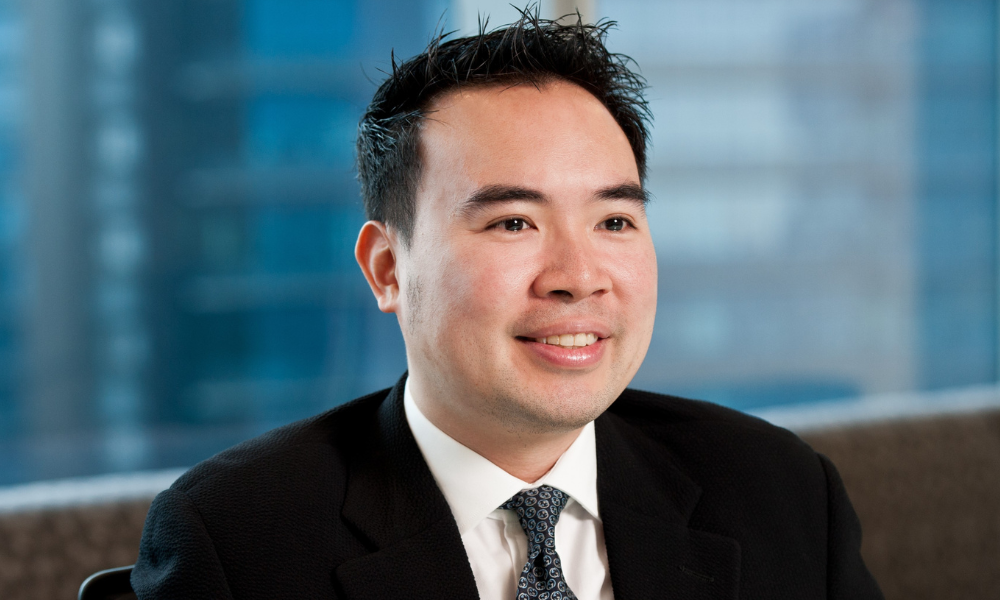HK court examines records to determine 'true' employer in accident claim

The District Court of Hong Kong recently handled a work injury claim involving a construction worker who suffered injuries after slipping and falling on the stairs at a construction site.
The worker filed a claim against his employer and the main contractor of the site, seeking compensation under the Employees' Compensation Ordinance (ECO).
The court examined the nature of the worker's employment and the parties responsible for his compensation. The judgment shed light on the legal principles and considerations involved in determining the existence of an employer-employee relationship and the liability of principal contractors in such cases.
Determining employer-employee relationship
One of the key issues the court had to address was whether the worker was an employee of the main contractor or the subcontractor at the time of the accident.
The worker's primary case was that the main contractor was his employer, while alternatively, he claimed that the subcontractor was his employer if the court found otherwise.
The court referred to the approach laid down by the Court of Final Appeal in Poon Chau Nam v Yim Siu Cheung (2007) for determining the existence of an employer-employee relationship:
"The modern approach to the question whether one person is another's employee is therefore to examine all the features of their relationship against the background of the indicia developed in the abovementioned case-law with a view to deciding whether, as a matter of overall impression, the relationship is one of employment, bearing in mind the purpose for which the question is asked. It involves a nuanced and not a mechanical approach."
The main contractor as the employer
The court examined various pieces of evidence that suggested the worker was an employee of the main contractor.
This included documents such as an organization chart, a letter from the Civil Engineering and Development Department (CEDD) accepting the main contractor's nomination of the worker as a safety supervisor, and an appointment document designating the worker as a Hazard Identification Activity Instructor.
Furthermore, attendance records indicated that the worker was given an employee number and the position of foreman, with the relevant contractor being stated as the main contractor.
The court found it difficult to accept the main contractor's submission that these documents did not clearly spell out the worker's employment status with them.
Possibility of dual employment?
The court also considered the possibility of the worker being employed by both the main contractor and the subcontractor simultaneously.
However, it referred to the case of Chung Yuen Yee v Sam Woo Bore Pile Foundation Ltd (2013), where the Court of Final Appeal found it difficult to consider an employee being under the employment of two employers at the same time for the same services:
"Employment is a bilateral relationship, and there is nothing to show that [the worker] was party to these tax or accounting arrangements. But the judge and the Court of Appeal concluded that [he] had been the servant of (at least) two masters.”
“No doubt a person may be simultaneously employed by more than one employer in respect of different services, but I know of no case in which anyone has been held to have two independent employers in respect of the same services," the decision said.
The court ultimately concluded that the main contractor was the worker's employer at the time of the accident, based on the documents and the worker's unchallenged evidence that he took instructions only from the main contractor's staff.
Having determined the employer-employee relationship, the court proceeded to calculate the compensation payable to the worker under the ECO.
After giving credit to the amount already received by the worker from the main contractor, the total compensation payable was determined to be HK$1,013,203.70, along with interest at the rate of 4% per annum from the date of the accident to the date of the judgment and at the judgment rate thereafter until payment.








